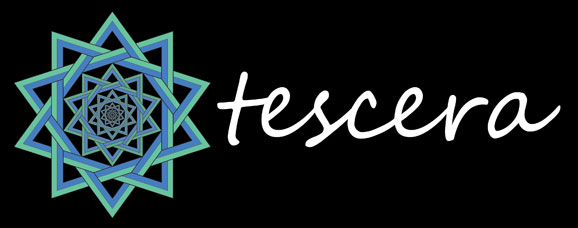Previous page Omer
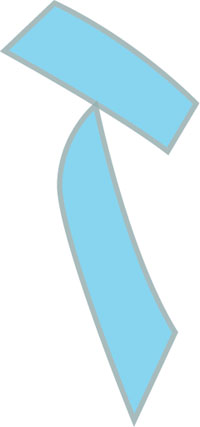
The seventh letter of the Hebrew abjads (consonant alphabet) is the above Zayin, which also represents the numeral 7, Shiv’a in the masculine and Sheva’ in the feminine.
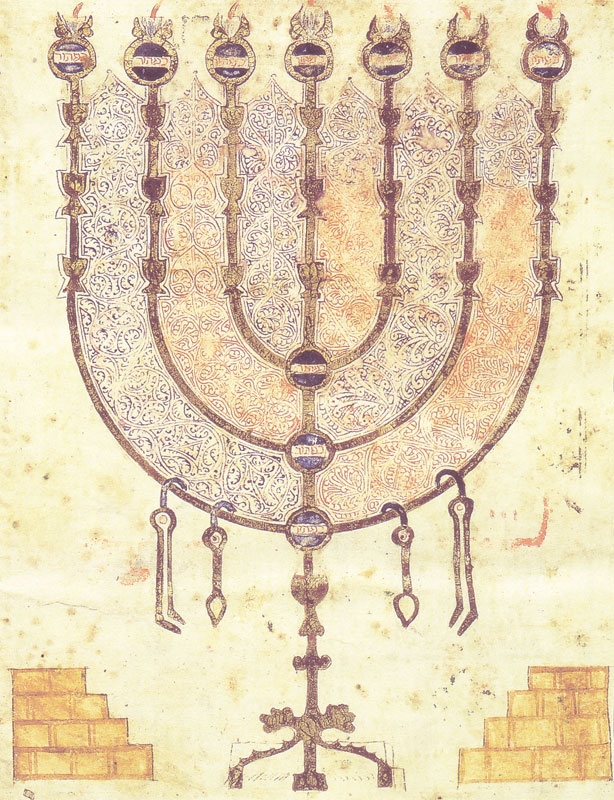
The Menorah, the Jewish candelabra demonstrates the importance of 7, by the number of candles, but also with 3 intersections and 3 legs, again 7 and 3 are represented together.
In the figure of Zayin (above) I saw a similar aspect to that of the original Mer Hieroglyph, and without hesitation turned it 99° clockwise or 3 x the 33° which Mer is turned, or the 33° which Mer is turned plus a further 66° which is the angle of each point of the one ring.
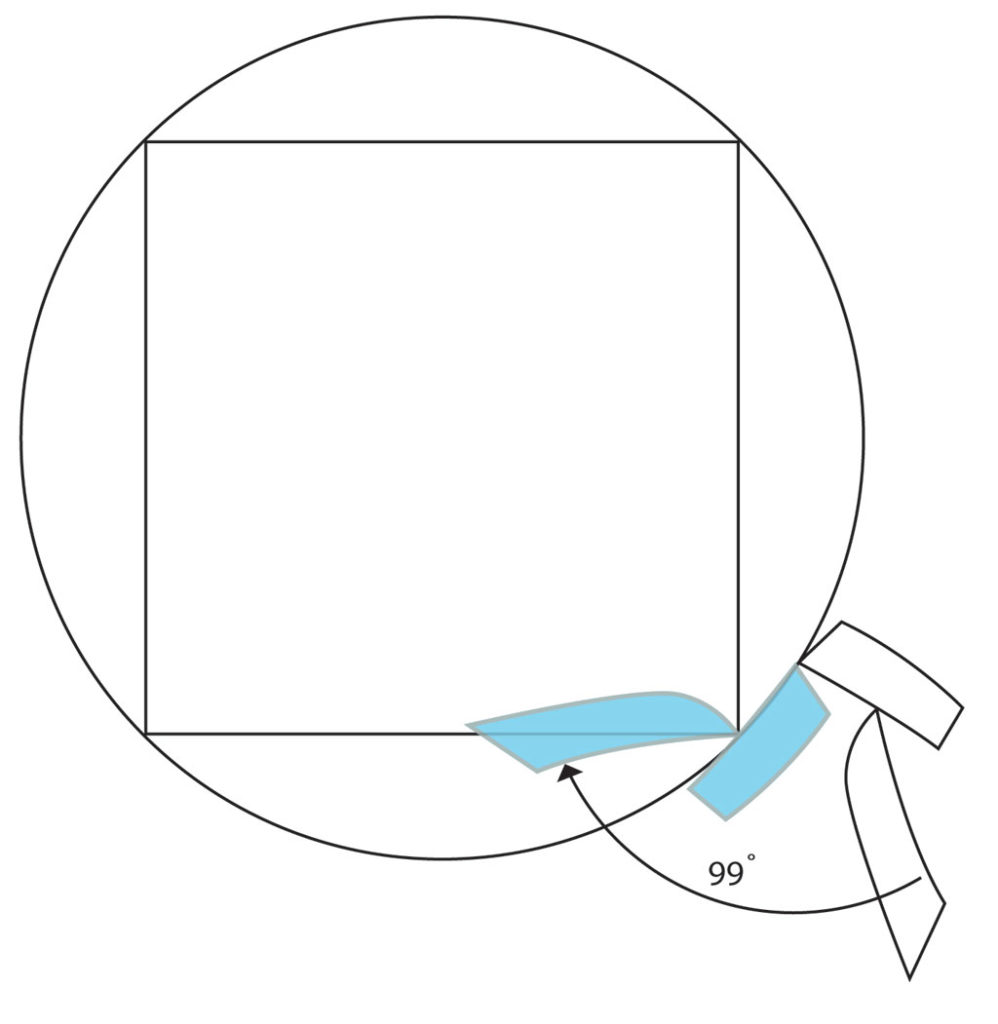
Then added the one ring to see how Zayin might link in
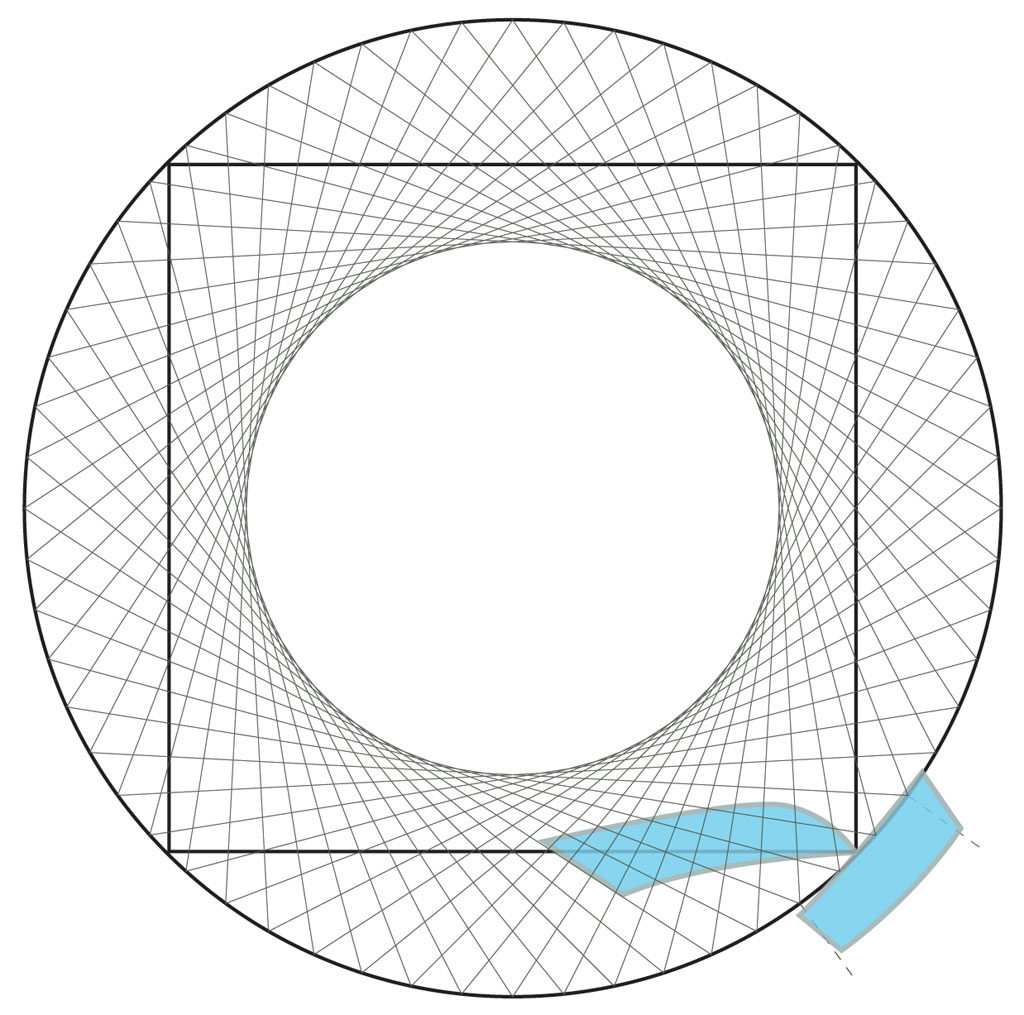
I found that at the right scale, and with the intersection of the two bars of Zayin aligned to the intersection of the square corner and circle edge, there were a number of other alignments. Whilst it is hard to say that the version of Zayin is as original as the Mer Hieroglyph, further experiment seem warranted.
The base of Zayin aligns neatly with a side of a 66° point, 4 points over, though the once vertical bar of Zayin doesn’t align to the square side. The originally upper bar of Zayin approximates the circle edge, the two ends of this line also approximate points 2 either side of the square corner, if those points were extended radially.
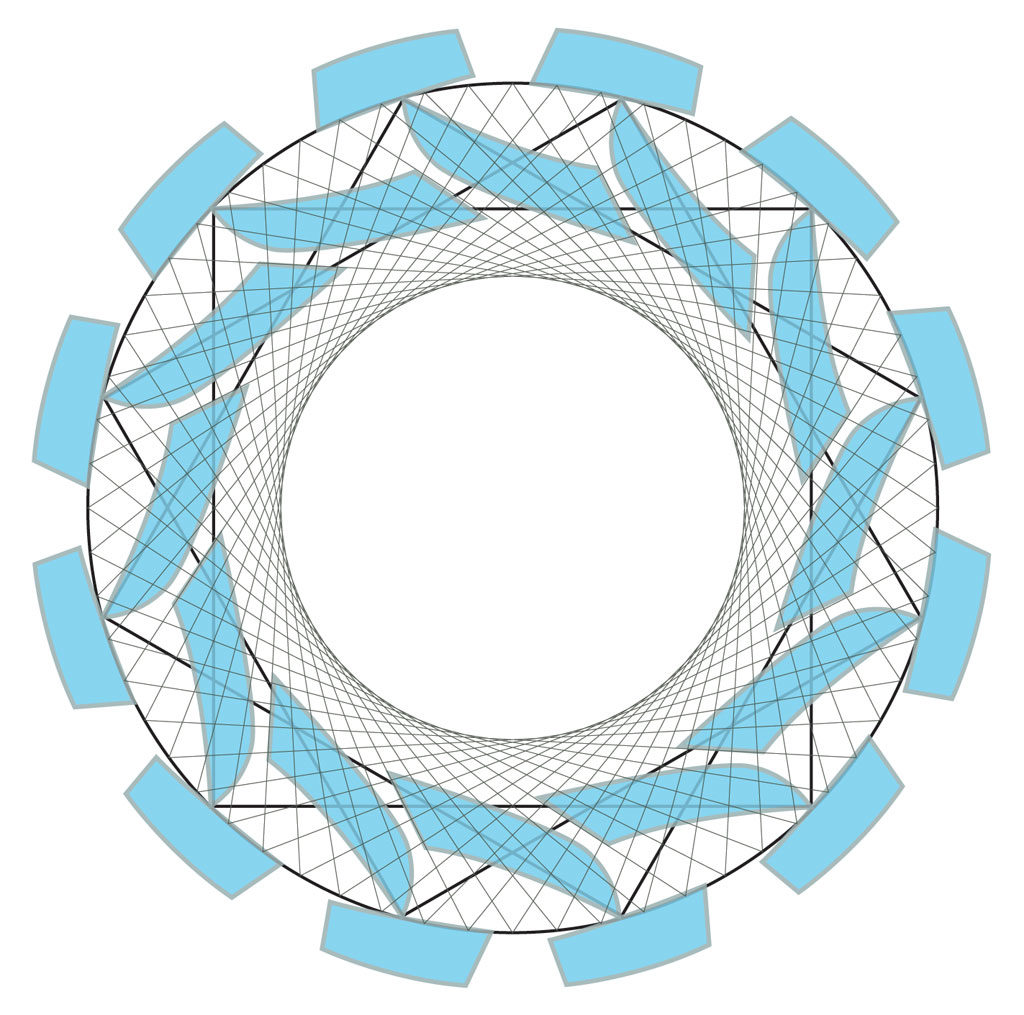
Then I added the 2 squares used in the design of the 12 pentagrams and a corresponding Zayin for each corner.
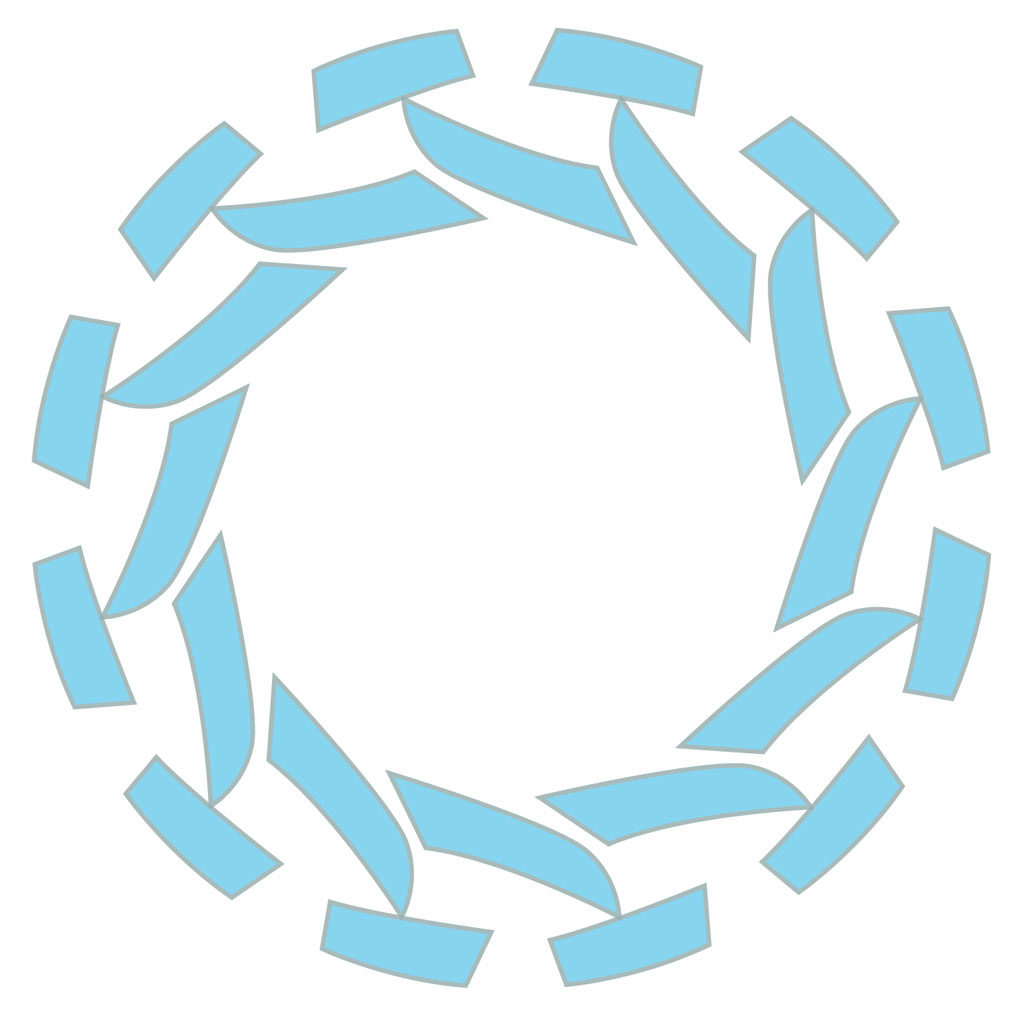
With the one ring and squares removed the 12 Zayins appear to slot together with sense of intent and elegance.
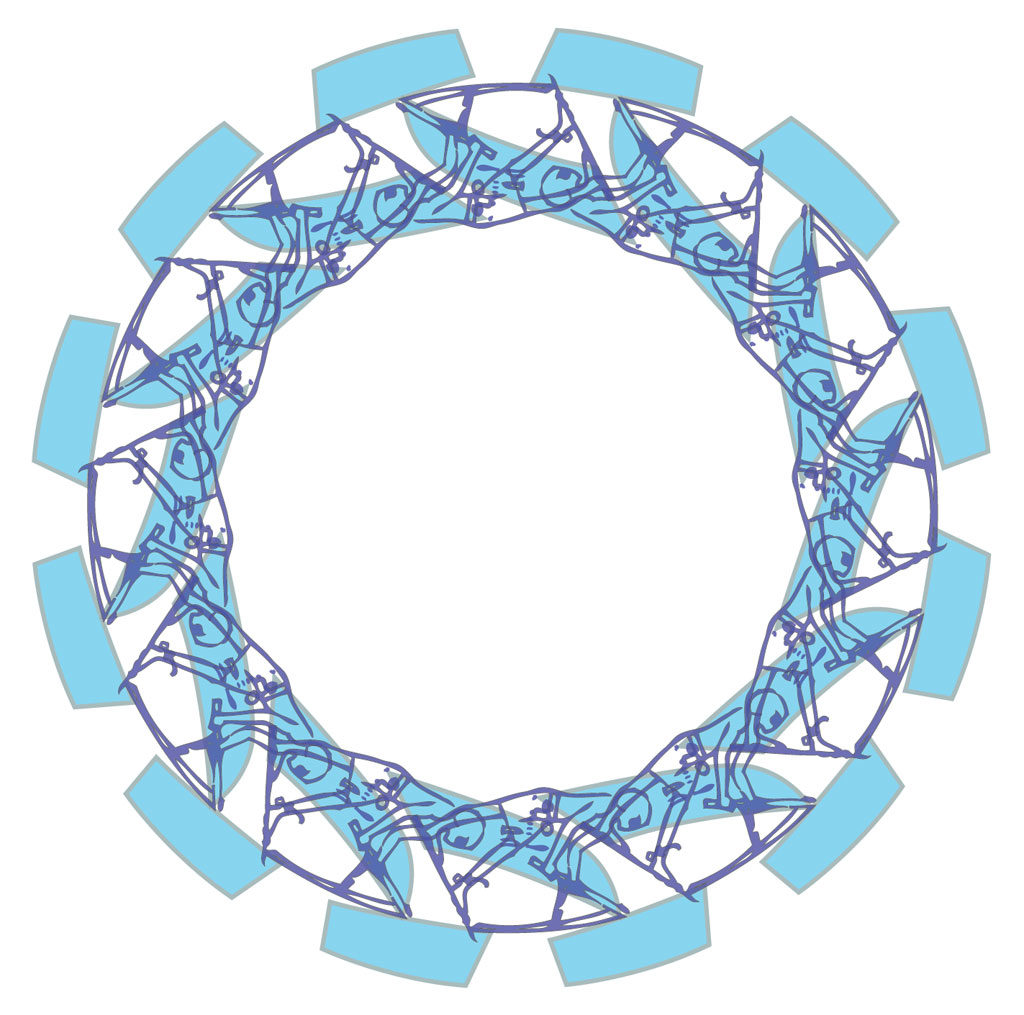
Combining the 12 Zayins and 12 Mer Hieroglyphs presents a neat result. Both sets complete the outer circle, when previously each involved gaps. The originally vertical bar of each Zayin aligns with the torso of each next Mer Hieroglyph. Both the 12 Zayins and 12 Mer Hieroglyphs have a nearly identical inner circle edge.
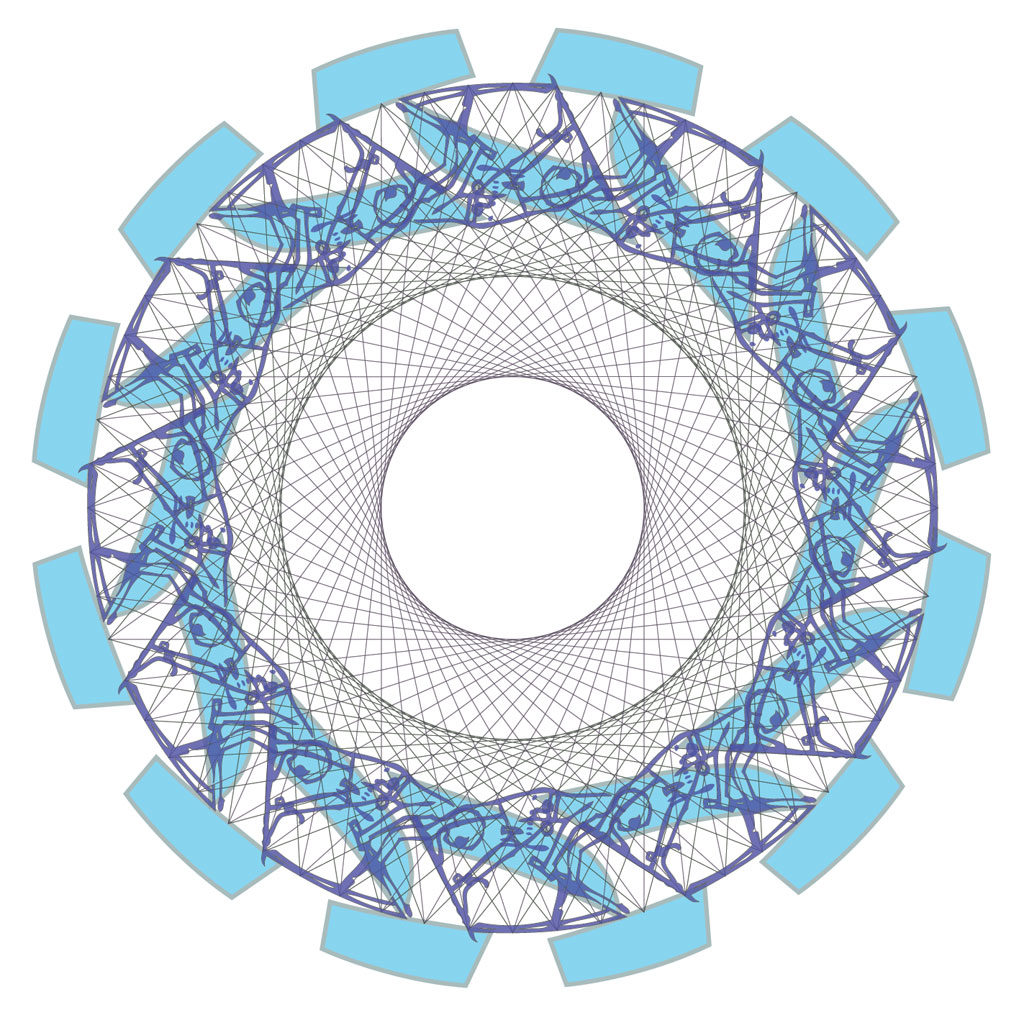
With the one ring and 12 Pentagrams.
Next page the Order of Nine Angles
